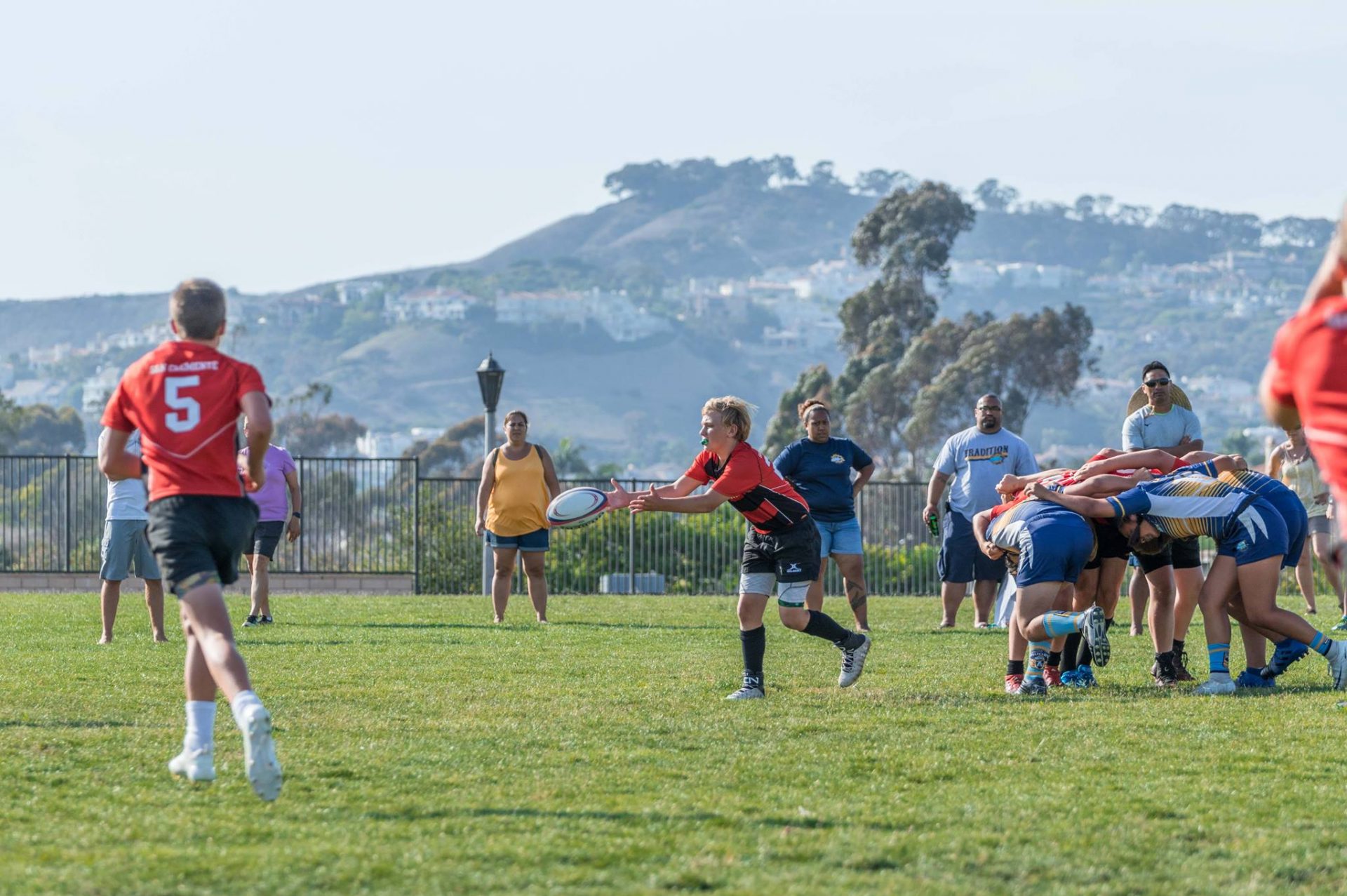Heat Illness
Exercise produces heat within the body and can increase the player’s body temperature. Add to this a hot or humid day and any barriers to heat loss such as padding and equipment, and the temperature of the individual can become dangerously high and lead to various Exertional Heat Illness. It is important that parents, coaches, and athletes are aware of the various types of heat illnesses and prevention strategies that can be implemented.

Types of Exertional Heat Illness
Exercise-Associated Muscle Cramps: Acute, painful, involuntary skeletal muscle contractions that can occur during or after intense exercise. Muscle cramps can occur in hot or cool environments.
Heat Syncope: Heat Syncope is orthostatic dizziness or fainting which is a result of dehydration, venous pooling, or low blood pressure. Heat syncope typically occurs unacclimatized or unfit athletes.
Heat Exhaustion: Heat Exhaustion is the inability to exercise effectively as a result of heat-induced symptoms causing cardiovascular insufficiency. The patient may present with an elevated core temperature which is below 105F. Symptoms include excessive fatigue, heaving sweating, dehydration, fainting, and collapse with minor cognitive changes (headache, dizziness, confusion)Exertional Heat Illness Prevention Methods
Exertional Heat Stroke: Exertional Heat Stroke is the most severe heat illness and is characterized by neuropsychiatric impairment and a core body temperature above 105F. The patient may present with hypotension, high respiration rate and/or decreased sweating. Symptoms include CNS dysfunction, aggressiveness, irritability, confusion, collapse, seizures, dehydration, vomiting, diarrhea, staggering and altered consciousness. EHS can progress to systemic inflammation and multi-organ failure if not recognized and treated rapidly
Exertional Heat Illness Prevention Methods
Adequate Hydration:
- The athlete should arrive at practice and matches well hydrated to reduce the risk of dehydration
- Water or sports drinks should be readily available to the athletes at all times during practice (not just during water breaks). Drinks should ideally be served chilled in containers that allow adequate volumes of fluid to be ingested.
- Water breaks should be given at least every 30-45 minutes and should be long enough to allow athletes to ingest adequate volumes of fluid.
- Water breaks should be given in the shade or a cool environment.
- Athletes should be instructed to continue fluid replacement in between practice sessions.
Gradual Acclimatization: Intensity and duration of exercise should be gradually increased over a period of 7-14 days to give athlete’s time to build fitness levels and become accustomed to practicing in the heat.
Pre-Participation Exams: Athletes should have an annual medical screening to identify risk factors for heat illness.
Weigh-ins: Athletes that are identified as being at risk for heat illness or any athlete just starting to acclimatize or increase their level of activity should weigh-in before and after practice. Ideally, fluid loss during activity should be less than 2% of the athlete’s body weight. The amount of fluid lost should be replaced by the next session of activity. Athletes should be encouraged to drink approximately 16 oz of fluid for each kilogram of fluid lost.
Illness: Athletes who are currently sick with a viral infection or have a fever should not participate until symptoms have resolved and they have had a chance to rehydrate. Even after symptoms resolve, the athlete may still be susceptible to exertional heat illness and should be closely monitored by a parent or coach during activity.
Sleep and Diet: Athletes should be encouraged to sleep at least 7 hours per night and eat a well-balanced diet prior to activity.
Dietary Supplements: Dietary supplements that contain stimulates or are known to cause dehydration or affect thermoregulation should be avoided. These include ephedrine and high doses of caffeine.
Practice Plans: Practice plans should be altered in extreme environmental conditions.

